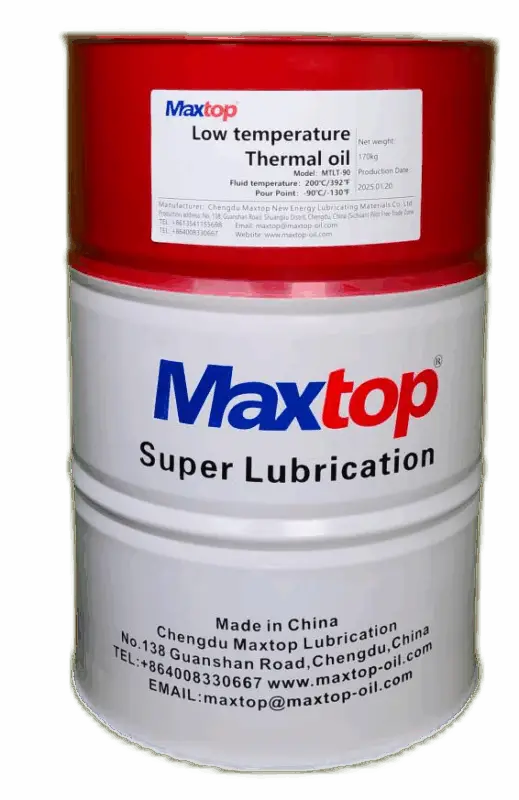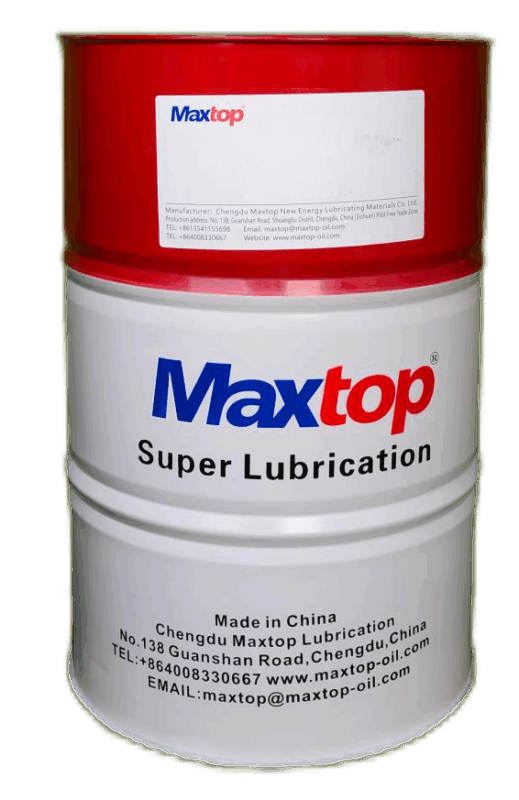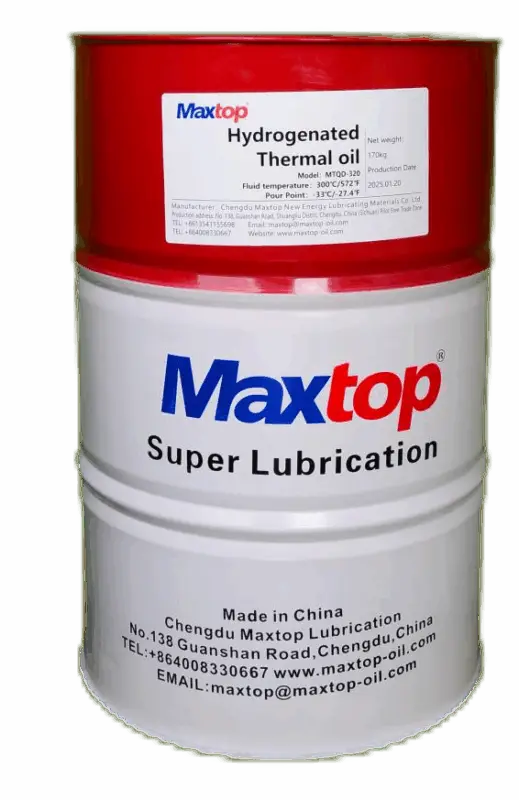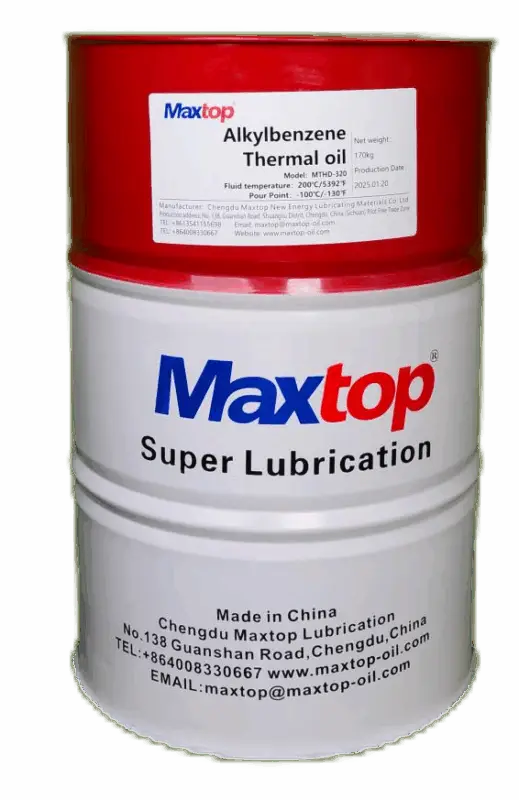How to Spot Low-Quality Heat Transfer Fluid: 5 Simple Checks to Protect Your System
Heat transfer fluid is a key part of any heating system — it keeps your equipment running smoothly and safely. But not all thermal oils are the same. Many low-quality products on the market can cause serious problems like coking, carbon buildup, poor heat transfer, and even system failure.
At Maxtop, we’ve seen these issues firsthand and want to help you avoid costly mistakes. Here are five practical ways to spot low-quality heat transfer oil before it affects your system:
1. Appearance Can Be Misleading
Some oils look fine initially but start to degrade after sitting at room temperature for a few days. If you notice the oil darkening—from light yellow to brown or black—it’s already breaking down and isn’t fit for use.
2. Short Lifespan Means Trouble
Good thermal oils last for years. Poor-quality oils may begin forming coke within months, damaging pipes and reducing heat efficiency. Continued use can even cause furnace burnout or fires.
3. Check the Key Specs
To be sure, test these critical properties:
-
Flash Point
-
Viscosity
-
Pour & Cloud Point
-
Acid Value
-
Carbon Residue
Low-quality oils often fail one or more of these tests. That’s why every Maxtop product undergoes rigorous lab testing and quality checks.
4. Heat Stability Is Essential
The best heat transfer fluids remain stable at high temperatures. Maxtop uses patented testing methods to simulate real operating conditions. If an oil starts to coke before reaching your system’s working temperature, it’s time to replace it.
5. Avoid High Volatility Oils
Oils that evaporate quickly or have a low flash point are unstable and dangerous. More vapor means more product loss and a higher fire risk — safety must always come first.
Quick Comparison
| Checkpoint | Low-Quality Oil | Maxtop Oil |
|---|---|---|
| Color Over Time | Darkens quickly | Stays stable |
| Service Life | Less than 6 months | Over 10 years (with proper use) |
| Flash Point | Low and unstable | High, lab verified |
| Thermal Stability | Early coking | Stable under high heat |
| Volatility | High vapor loss | Low vapor loss |
Using poor-quality heat transfer fluid can:
-
Damage your equipment
-
Increase maintenance costs
-
Cause unexpected shutdowns
-
Raise the risk of fire or explosion
-
Disrupt production schedules
Choose Wisely. Choose Maxtop.
In thermal systems, oil quality isn’t something to compromise on. Maxtop manufactures premium-grade heat transfer oils that meet international standards, ensuring reliable, long-term performance and safety. Whether your operation involves industrial furnaces, chemical processing, or food manufacturing, we’re here to support you.
Final Thought: Don’t just choose oil based on price. Consider its performance, stability, and safety. With Maxtop, you make an investment that pays off over time. Contact us today for a consultation or oil quality evaluation.
Product Recommendation
-
 Low temperature heat transfer fluid series products
Low temperature heat transfer fluid series products
-
 Synthetic Heat Transfer fluid
Synthetic Heat Transfer fluid
-
 Mineral Heat Transfer fluid(MTYD320)
Mineral Heat Transfer fluid(MTYD320)
-
 Hydrogenated synthetic heat transfer fluid
Hydrogenated synthetic heat transfer fluid
-
 Alkylbenzene synthetic heat transfer fluid(MTHD320)
Alkylbenzene synthetic heat transfer fluid(MTHD320)
-
 Electric heating oil compound heat conduction fluid
Electric heating oil compound heat conduction fluid
-
 Anti-coking Heat Transfer Fluid (MTD300)
Anti-coking Heat Transfer Fluid (MTD300)

